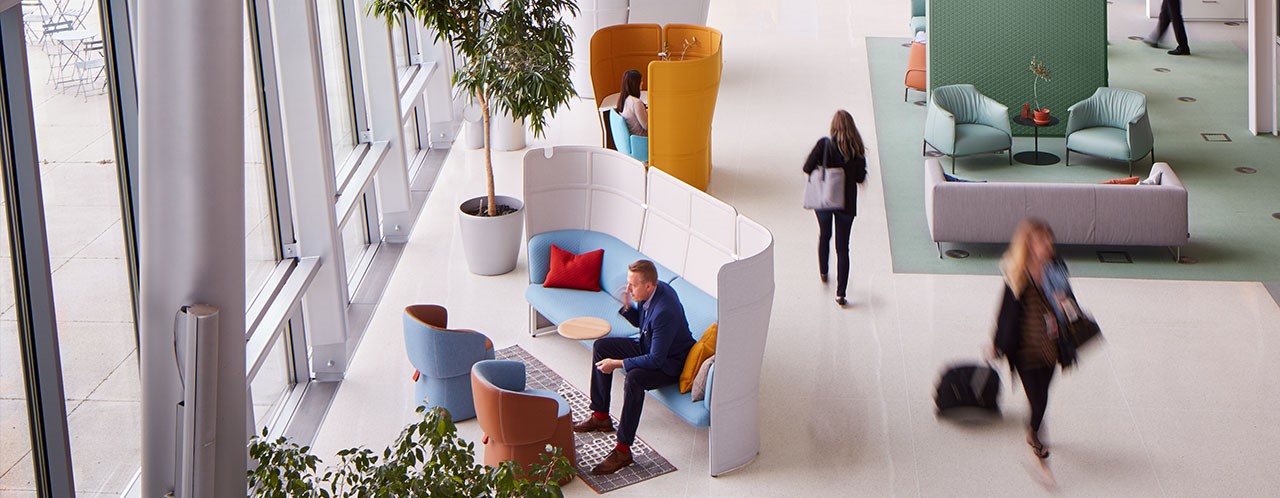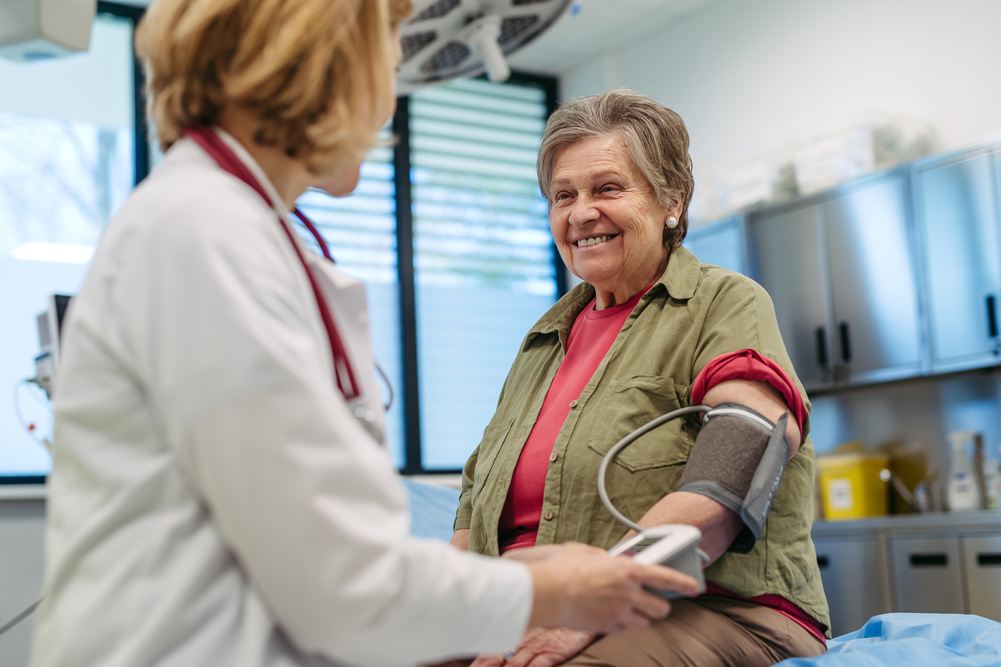The Spanish flu ravaged the US and the world for almost two years through 1918-1920. The pandemic was widespread, and it stopped only when no vulnerable people remained. As with today, strict social distancing rules and laws requiring masks were put in place. Sociologists were concerned that the extended disconnection between people was so severe that the basic social fabric of our country was at risk. In fact, mistrust between people in public places continued, and social cohesion was profoundly impacted.
The Spanish flu marked the end of the warm, close relationships—physical and emotional—that had been such a prominent feature of Victorian society. This led to our modern experience of relatively less face-to-face interaction between people, which has been recently accelerated by technology, such as the internet and smartphone.
The “stress curve” is rising and will collide with our return to the workplace.
Today, feeling the effects of physical isolation and social distancing in response to the COVID-19 pandemic, almost half of all Americans say that stress from this situation is negatively impacting their health. As a result, the number of workers experiencing negative psychological impacts such as depression and anxiety, physical health issues such as heart attack and stoke, and suicide, is rising weekly.
While public conversation revolves around the tension between the health and economic impacts of the virus and stay-at-home policies, stress is a dimension that must also be considered for our return to the workplace. In the next few months, a hidden epidemic of psychological stress may result from the trauma of isolation and economic concerns that millions of workers will carry back with them to the workplace.
Along with basic health protections such as social distancing and clean environments, the workplace will need to address the very real impacts of stress. Psychological stress degrades work performance, reduces engagement, and diminishes physical health. Some research suggests it elevates risk of coronary heart disease, which itself is one of the underlying risk factors for COVID-19. While stress is not a virus, it acts like “catching a cold,” in which the psychological effects of stress experienced by the worker can be carried home to infect spouses, children and other loved ones – negatively impacting the quality of family relationships.
We must develop return to workplace strategies that not only reduce immediate health risks, but also act as a counterpoint to the longer-term negative effects of workforce stress and trauma that could reverberate through the global workforce for years to come.
Ironically, some of the very measures being considered to protect employee health at work, such as “social distancing,” reducing the number of people in the workplace, and minimizing group gatherings are directly contrary to fostering sense of community and social cohesion that can mitigate work situations that trigger stress, or even heal stress.
Some workplace design features reduce stress while protecting health.
Research shows that social cohesion/social support among employees can diminish the negative effects of work stress. Social spaces at work that support safe interaction and nurture group life will play a greater role in the bridge to the future. Obviously, the layout of these spaces may need to change. Social interactions may occur at a somewhat awkward distance. Personal conversations may have to be augmented with technology. And, how do we read facial expressions when everyone is wearing a mask?
Research also shows that workplace design can increase aspects of performance and reduce stress. Offering choice in workspace location and type—perhaps through unassigned spaces that are labeled with “clean” or “needs cleaning” flip-able signs—not only gives people the variety they inherently crave; it gives them confidence that they can manage exposure to potential health risks at work. Furnishings such as adjustable seating and tables can provide workers with an enhanced feeling of control over their workspace, as well.
A concept called “legibility” is also known to mitigate stress—especially in larger, more complex facilities. Legible space uses design cues and features that “speak” an understandable language to all employees. Especially as COVID-19 workspaces are repurposed and reimagined for health and safety reasons, it will be imperative to ensure employees intuitively understand the intended use of all spaces.
Plan now to protect physical and mental health in the post COVID office.
This article is not intended to be a comprehensive review of every tactic to reduce stress. I intended it to surface the issue of stress and highlight its importance as we move through and beyond this current crisis. Now is the time to integrate both short- and long-term workplace strategies that protect workforce health upon return to the office. This is how we will “flatten the stress curve” to maintain the performance and engagement benefits our workplaces experience offered before the coronavirus pandemic changed our world.
About the author

Dr. Mike O’Neill is Director of the Global Workplace Research, and NA Workplace Strategy departments for Haworth, Inc. These teams develop insights about emerging workplace topics and apply these insights with organizations. Early in his career, Mike was a professor in the Interior Design, and Industrial Engineering departments, at the University of Wisconsin. Mike has a BA in cognitive psychology, an M. Arch and PhD in Architecture and Human Behavior. He is a Board-Certified Professional Ergonomist. Mike has authored 50+ articles, two books on workplace research and design, and a third, 2018 book, The Healthy Workplace Nudge. His passion is working with organizations to applying workspace research and analytic tools to help organizations reduce stress and improve workforce health and performance.












